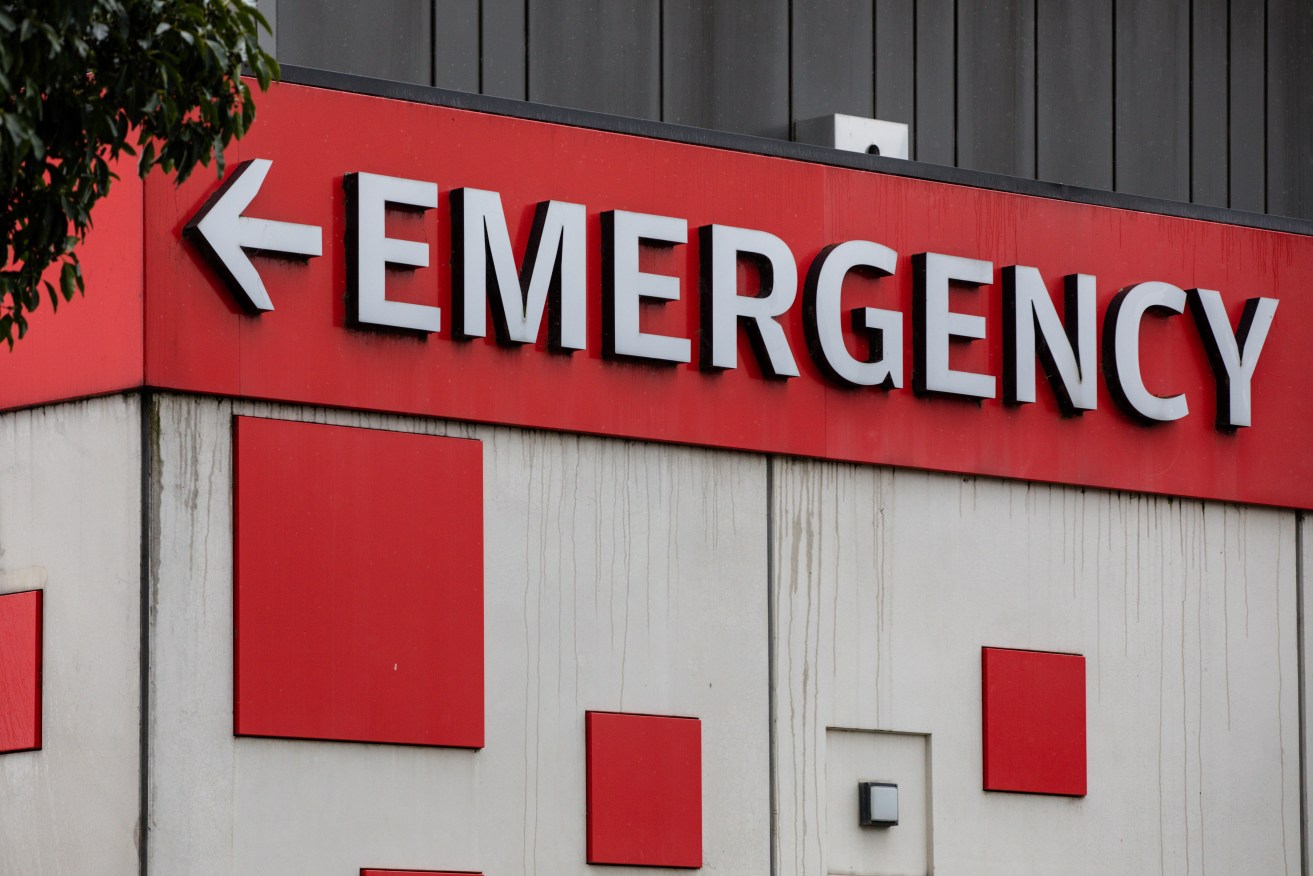Call for urgent ‘health budget’ to fix public hospitals

Six Queensland high school students are in hospital after ingesting an unknown substance. Photo: AAP
Australia’s public hospital system needs urgent attention to address emergency department and essential surgery waiting times blowing out, according to a peak medical body.
The Australian Medical Association wants the upcoming federal budget, due to be handed down in the second week of May, to be focused on fixing the health care system.
The association’s 16th annual report card shows public hospital performance is at its lowest ever, struggling under the weight of ballooning surgery waitlists and emergency department presentations.
Australian Medical Association president Steve Robson said an urgent overhaul of the National Health Reform Agreement between states, territories and the federal government was needed.
The agreement is being reviewed and is expected to be on the agenda when Prime Minister Anthony Albanese meets with state and territory leaders for national cabinet on Friday.
“The numbers paint a grim picture for the future of our public hospitals and with them our patients if no action is taken,” Professor Robson said.
“This is a problem for all health ministers. Our current way of funding our hospitals isn’t lifting them out of logjam and the current review of the (national agreement) is a chance to act.”
The report card found the number of public hospital beds available for people older than 65 years had dropped by more than half in the past three decades, from 32.5 beds per 1,000 people to only 14.7.
Emergency departments had a particularly tough time in the past year and only 58 per cent of patients triaged as urgent were seen within the recommended 30 minutes.
One in three patients waited more than four hours in emergency, often because there were no beds available to admit them.
The association said clearing the surgery logjam, which would require extra funding and resources, should also be a priority.
“Only 63 per cent of patients referred for semi-urgent planned surgery are being treated within the recommended days,” Pro Robson said.
“Meanwhile, we also have a hidden waiting list with people sometimes waiting years to get in to see a specialist so they can get on to the official waiting list.”
Prof Robson said the government needed to plan ahead for the expected increase in older patients as Australians were living longer and needing more hospital care.
“We will remain on the path to failure if we keep doing the same thing over, and over, and over again,” he said.
– AAP







